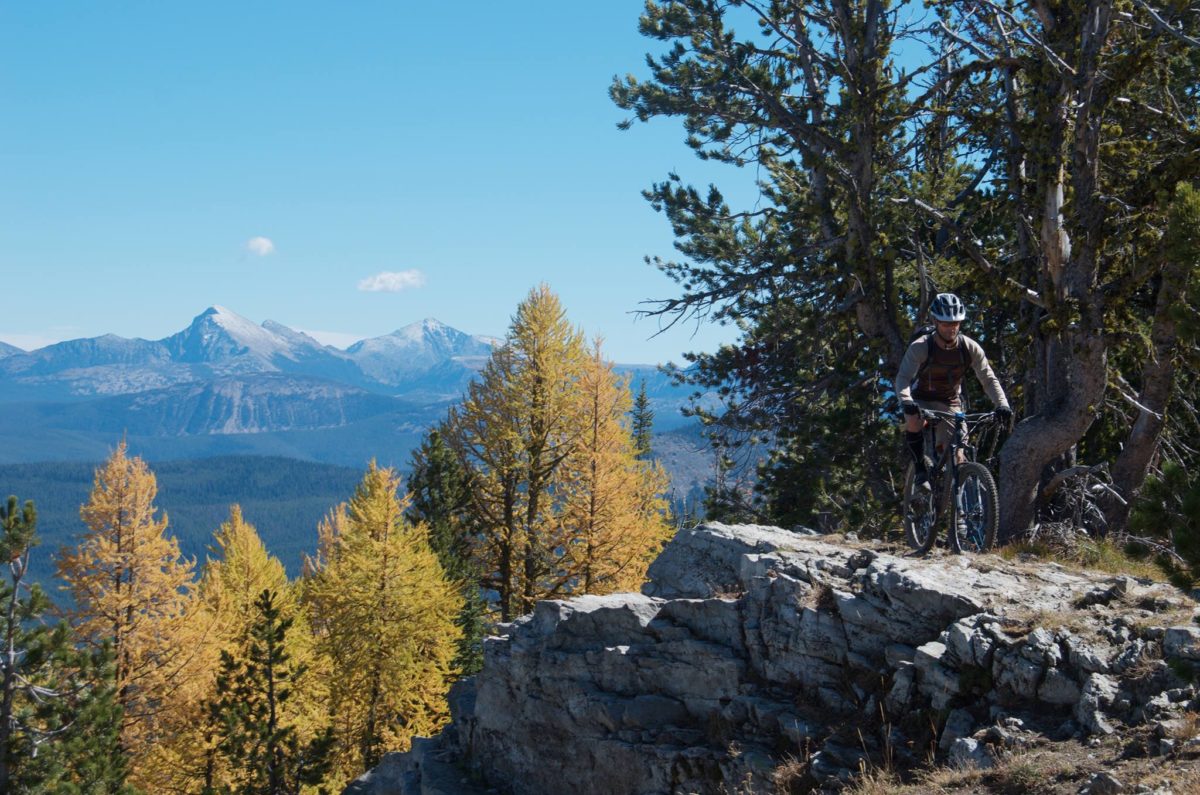
Editor’s Note: John Fisch is an avid backcountry enthusiast who hikes, bikes and backpacks at every opportunity. While John is a regular contributor to Singletracks.co
Anti-cycling forces have long used lobbying clout and legal action to close longstanding cycling routes to cyclists. Nowhere have they been as successful in doing so as they have in Montana, which has seen the loss of hundreds of miles of outstanding singletrack access to cyclists in recent years. In a state which already has Wilderness area totaling more than 3.4 million acres, including a single Wilderness complex as large as the entire state of Delaware, anti-cycling lobbies have teamed with sympathetic judges to remove quiet, human-powered, low-impact mountain biking from vast tracts of non-Wilderness land as well. The trend has carried over into recent United States Forest Service (USFS) travel plans governing non-Wilderness lands. The most recent losses come courtesy of the Bitterroot National Forest Travel Plan. The Bitterroot National Forest, which is already comprised of nearly 50% Wilderness, increases mechanized restriction to an additional 200,000 acres, all of which was previously accessible to motorized and mechanized travel.

Now, a consortium of affected user groups has sought to challenge this trend in court by bringing suit against the USFS for their “arbitrary and capricious decision.” Not just a mountain bike issue, the suit is brought forth on behalf of seven recreation groups with total membership in excess of 13,000 individuals, including the Bitterroot Ridge Runners Snowmobile Club; Ravalli County Off-road User Association; Bitterroot Backcountry Cyclists; Montana Trail Vehicle Riders Association; Montana Snowmobile Association; Citizens for Balanced Use; and Backcountry Sled Patriots. IMBA opposed the decision and coauthored a letter of objection to the USFS, but has not chosen to be a party to the recently filed suit.

(photo: Bitterroot Backcountry Cyclists)
The travel plan bans all mechanized travel, including mountain bikes, in Recommended Wilderness Areas (RWA) or establish Wilderness Study Areas (WSA). Wilderness law is clear in that only Congress can designate federally protected Wilderness. The USFS may establish WSAs or nominate RWAs, but wilderness law is clear in that only Congress can designate federally protected Wilderness. When the USFS designates a WSA or RWA, and unilaterally decides to administer it just as they would a legally designated WA, they have created de facto Wilderness, usurping Congressional authority, and overreaching their legal authority.

In addition to the usurping of Congressional authority, there are a multitude of problems with the USFS Final Record of Decision in this matter.
- In justifying their action, they lump in mountain bikes with motorcycles, creating a single category for all wheeled vehicles whether human- or artificially-powered, despite the differences in impact.
- The decision to exclude mountain bikes from RWAs/WSAs is worse than arbitrary; it goes against all scientifically assessed impacts of cycling as well as precedent. The theory is that cycling may “degrade wilderness character,” and therefore must be banned from any area under consideration for future Wilderness designation. However, scientific tests show cycling impact to be similar to hiking and far less than equestrian use. Moreover, in terms of practical implication, recent additions to the Wilderness catalog have included many routes popular with cyclists for decades; yet those areas were deemed to have adequate “wilderness character” for formal designation. In fact, no area ever considered for formal designation has ever been denied based on previous cycling use.
- The decision seeks to preserve the “wilderness character” of the area as it was in its pre-1977 state. This means restricting motorized/mechanized use to pre-1977 levels. Again, this lumping of motorized and mechanized together creates a false equivalency. Furthermore, the assumption is that mountain biking didn’t exist at that time which is false; while the first purpose-built and marketed mountain bikes hadn’t yet appeared, there is ample photographic record that people had been riding bicycles in Montana’s wild places since at least the 1890s. In addition, no baseline data exists for the amount of use/impact by both motorized and non-motorized vehicles in 1977, so how can this be assessed? Lastly, if increased use since 1977 is cause for restriction, that rationale would also have to apply to hiking as well. Montana’s population has increased by over 1/3 since 1977; presumably, this would indicate Montana’s trails are getting more use from all user groups, not just cyclists.
- The bike ban is predicated upon removing “non-conforming uses” from potential Wilderness lands. However, in the one and only piece of Wilderness legislation that specifically addressed cycling, it was included as a wilderness use and called out as “primitive recreation” in accordance with the original 1964 Wilderness Act.
- The only “impact” the USFS quotes in justifying banning bikes is a single unscientific survey in which 30% of hikers expressed a diminishing experience when encountering a bike on the trails. So less than one third of just one user group gets to determine policy for everyone? This also gives undue credence to two unfounded assumptions; first, that there is something inherently offensive about the bike itself rather than the complainant simply choosing to be offended and second, that the only redress is to ban bikes rather than seek some sort of middle ground (i.e. a shared use schedule that would allow cycling use on some days and provide those offended a bike-free experience on other days).

(photo: Bitterroot Backcountry Cyclists)
The bottom line is that it appears the USFS has neither scientific nor legal basis for their decision and these user groups are going to test that in court. The scientific side has, unfortunately, not carried much sway in access decisions to date. As for the legal side, that will be a tough go as well. I wish the Bitterroot Bakcountry Cyclists (and, in this case, their motorized allies), the best in their endeavor. It is time to set a proper precedent regarding access for all low-impact, human-powered travel in our backcountry areas and reign in the minority-driven, selfish management of our public lands.
For a complete copy of the USFS decision and formal letters in support of, or against the decision, click this link.

(photo: Bitterroot Backcountry Cyclists)










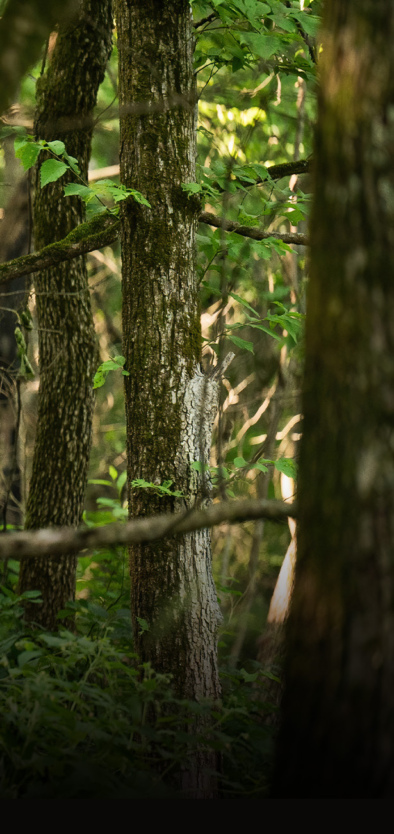

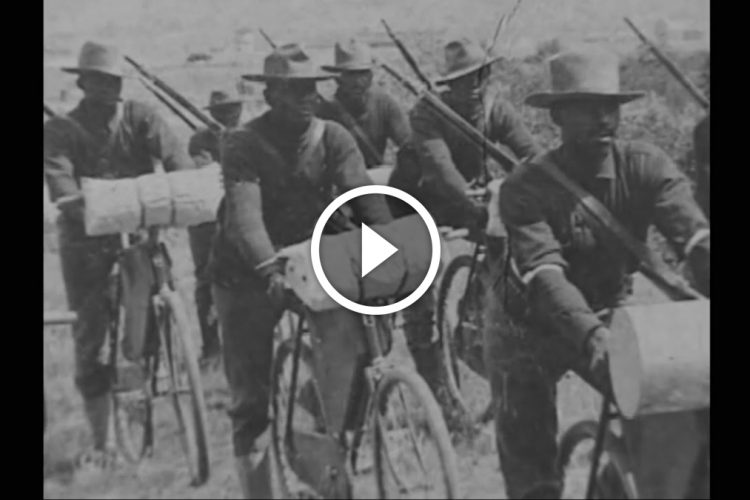
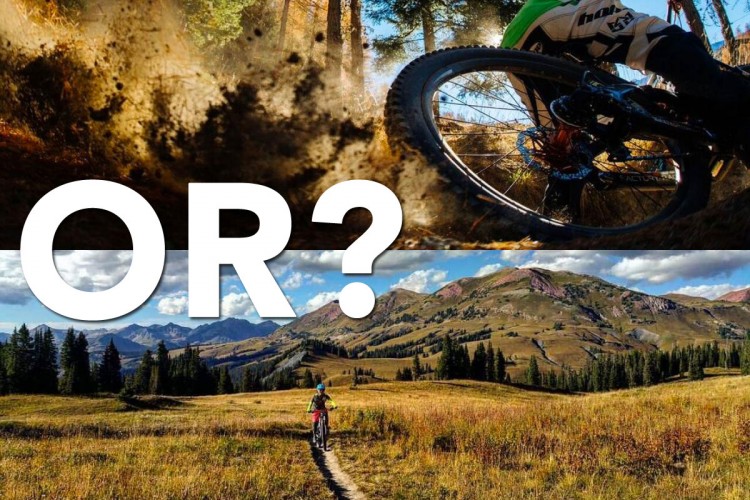
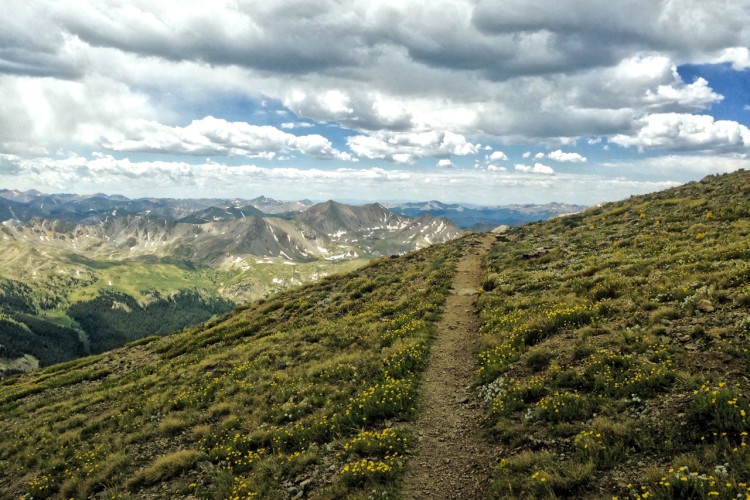
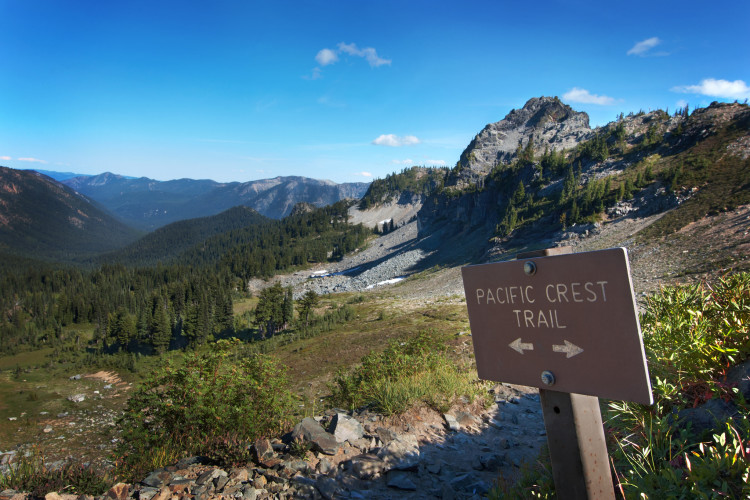
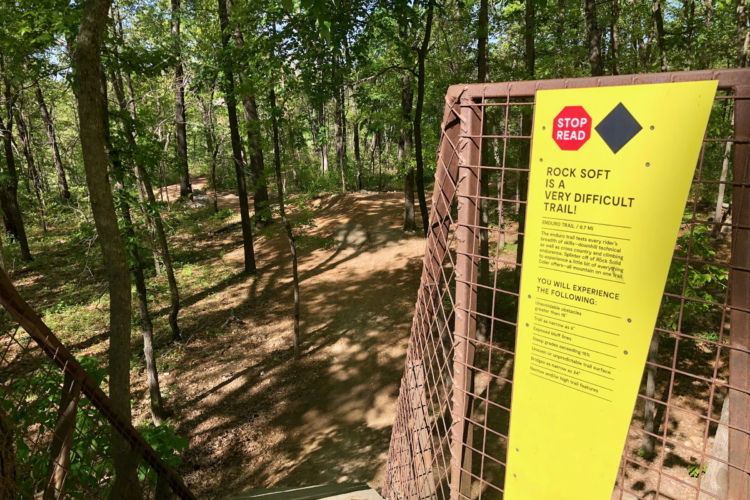

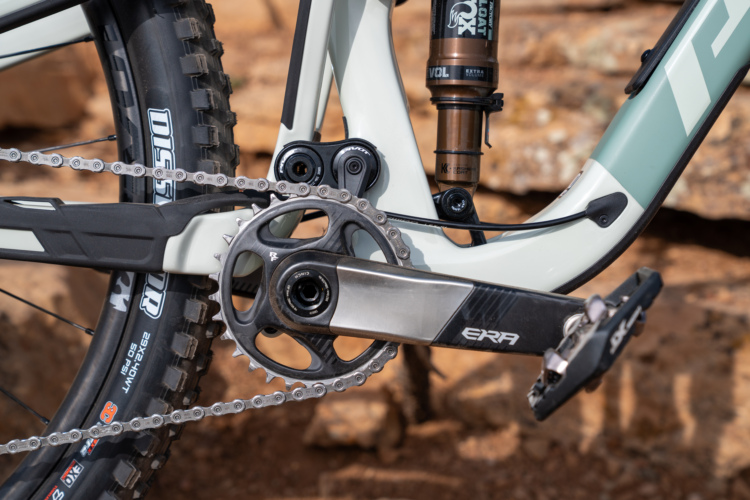
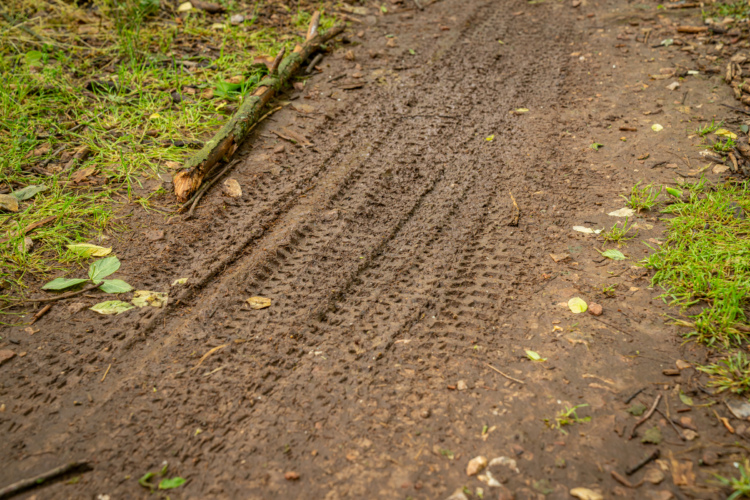

16 Comments
Jan 11, 2017
Dec 31, 2016
Dec 31, 2016
Jan 2, 2017
Dec 31, 2016
Dec 31, 2016
Jan 2, 2017
Jan 2, 2017
Before joining with the motorized groups, we hope to file a separate lawsuit, but that would have required raising $100,000 -200,000. We tried. We raised less than $10,000. It became clear that the fundraising required was far beyond the means of the 50 members of our chapter. You have to realize this is rural Montana. No one has deep pockets. There are no corporations to hit up. We did what we could to make this a national issue without much success. I have discovered that it is easy to get moral support. Financial support, well that is another story.
Sitting on the sideline simply is not an option anymore. We have been roped into the motorized vs wilderness battle whether we like it or not, and the side we are on was chosen for us. I'm hoping by being involved we can chart a middle course and be a voice for reason, but to have a voice you need to be willing to get dirty and not just sit back and hope for the best.
Dec 31, 2016
Anybody know a way to show support for these fight'in bikers? The more people who know about this, the better.
Jan 2, 2017
Dec 31, 2016
For anyone looking to support those fighting the good fight in the toughest such battles, I recommend supporting Bitterroot Backcountry Cyclists and Montana Mountain Bike Association, two of the most active groups, fighting some of the most unfair battles I've seen.
Jan 2, 2017
Dec 31, 2016
Jan 1, 2017
If you couldn't tell from my comments, that vid disturbs me deeply. There is also a comment on the vimeo page that parallels my feelings.
Thanks for giving me a platform to vent.
Happy 2017!
Jan 1, 2017
Jan 1, 2017